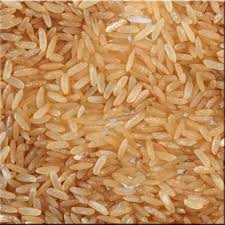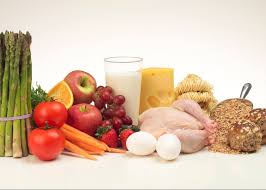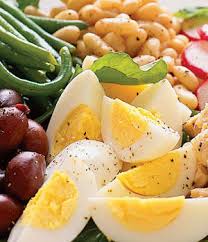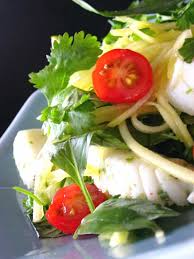 Parkinsons disease, a degenerative disorder, affects the central nervous system of the body and characterized by trembling in arms and disease Parkinson's, degenerative disorders, affecting the central nervous system of the body and is characterized by trembling in the arms and legs, muscle stiffness, slow movement, impaired balance or coordination. Although this condition was found long ago, the real reason for its development remains a mystery. However, one school of thought is that poor nutrition can worsen the underlying condition. In this context, a recent study has found an association between vitamin D and Parkinson's disease. Low levels of vitamin D may increase the risk of Parkinson's disease and high levels indicate a protective effect of the new study findings.
Parkinsons disease, a degenerative disorder, affects the central nervous system of the body and characterized by trembling in arms and disease Parkinson's, degenerative disorders, affecting the central nervous system of the body and is characterized by trembling in the arms and legs, muscle stiffness, slow movement, impaired balance or coordination. Although this condition was found long ago, the real reason for its development remains a mystery. However, one school of thought is that poor nutrition can worsen the underlying condition. In this context, a recent study has found an association between vitamin D and Parkinson's disease. Low levels of vitamin D may increase the risk of Parkinson's disease and high levels indicate a protective effect of the new study findings. Vitamin D can prevent Parkinsons.The study conducted in Finland, northern latitude countries with limited sun exposure. People in these areas usually have low vitamin D level. The research team identified that the average serum level in the population is 50% of the optimal level of 75 to 80 nmol / L. This research was conducted by researchers from the National Institute for Health and Welfare in Finland. Researchers now believe that vitamin D is not only a vitamin, not a hormone that also has other uses other than just set the level of calcium and bone strength. The relationship between vitamin D levels are low and many are well-established long-term illness.
To study a possible link between vitamin D and Parkinson's, researchers surveyed a large population from the population registry. During the long period of follow-up to 29 years, 50 incidents of Parkinson's unpleasant identified. The research team measured the serum levels of vitamin D by using samples up ice. The study found that men with serum concentrations of vitamin D at least 50 nmol / L had a lower risk for Parkinson's disease compared with those with a value of less than 25 nmol / L.
The exact mechanism in which vitamin D may protect against Parkinson's is not completely understood. However, it has been argued that the possible protective role for antioxidant properties and neuro protective effect. Researcher agrees to see that further study is necessary before firm conclusions are made. This is important because too much the amount of vitamin D as supplements in individuals with normal levels may invite unnecessary toxicity. Excess vitamin D can lead to the development of kidney stones if taken over a long period of time. Vitamin D also is the oil-soluble vitamins are stored in the body. Excess amount of Vitamin D can also lead to poisoning of vitamin D. EGS, muscle rigidity, slowness of movement, impaired balance or coordination. Although this condition was discovered a long ago, the exact reason of its development Remains a Mystery. However, one school of thought Is That the underlying poor nutrition cans aggravate the condition. In this context, a recent study has found a Link Between Vitamin D and Parkinsons disease. Low vitamin D levels cans increase of the risk for Parkinson's and high levels showed a protective effect A new study finding.
The precise Mechanisms by which vitamin D Might protect from Parkinsons was not completely understood. However, it has been postulated That May be the protective role due to its antioxidant properties and neuro protective effects. The researcher Agreed to the view That needs more studies to be conducted before any firm conclusion is made. This is vital as too much amounts of vitamin D supplementation as individuals with normal levels in May invite unnecessary toxicity. Excess Vitamin D Could lead to the development of kidney stones if taken over a long period of time. Also Vitamin D is an oil soluble vitamin Hence is stored in the body. Excess amount of Vitamin D Could Also Lead to Vitamin D toxicity.
Article Source: http://EzineArticles.com/?expert=Dr._Anita_Brown








